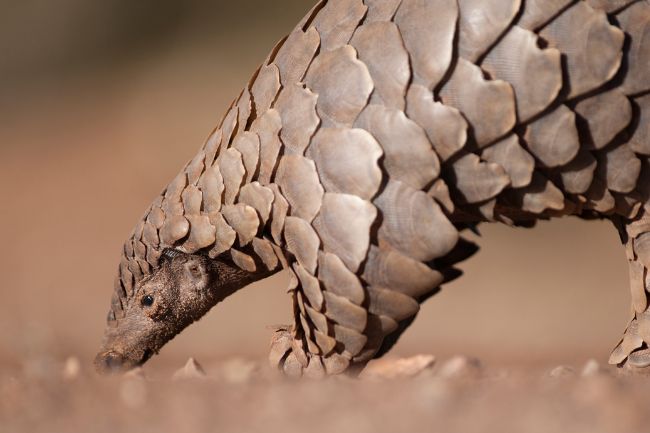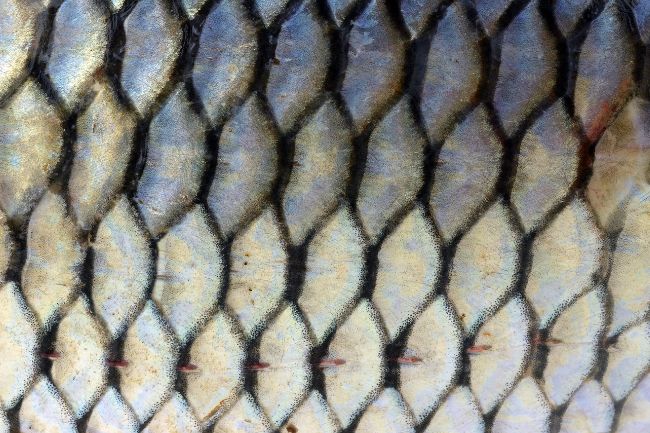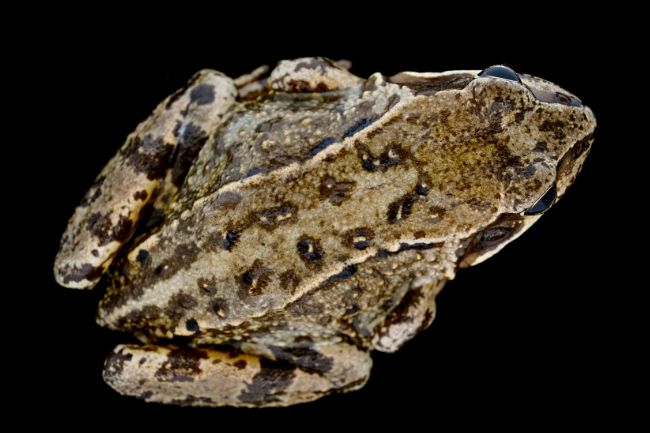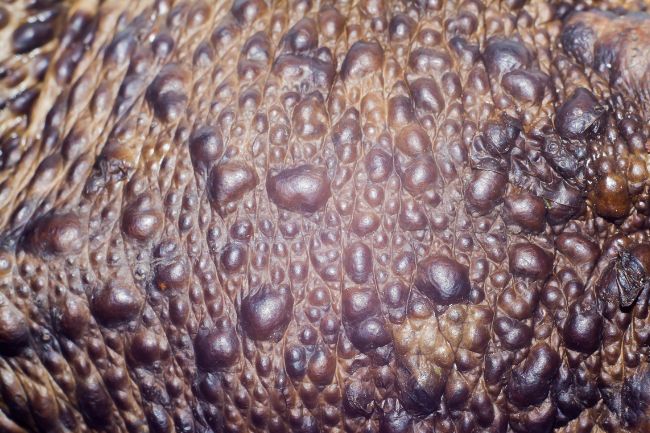Reptiles, such as snakes and lizards, are well known for their scaly skin. While there are many similarities between reptiles and amphibians, is their scaly skin one of them?
A frog’s skin is incredibly important, allowing them to both drink and breathe, meaning its makeup is an essential part of a frog’s ability to survive. So the question is, do frogs have scales?
Also read: Understanding Frog’s Ability to Survive Without Food or Water
What Are Scales?
Scales have evolved a number of times throughout the animal kingdom. The word is applied largely to hardened plates that grow out of an animal’s skin. These plates overlap, helping to protect the animal from potential predators, parasites or injury.

Such scales can be found across a surprising range of animals, from fish, to sharks, to reptiles. Even some mammals have scales, like the pangolin.
Within the insect world butterflies and moths possess scales on their wings, however these don’t act as shielding, instead creating colourful patterns which help attract mates, camouflage the insect and deter predators.
Scales come in a wide range of shapes, and structures. Within fish there are many different kinds of scales, including cosmoid scales, ganoid scales and leptoid scales. Not all fish have scales, with some having no protection over some or all of their skin.
The various sizes and shapes can help to give the fish’s skin different properties, reduce friction as they move through the water, or reflect the light to make their forms less obvious to predators.
Some fish can even be aged through a closer look at their scales. These are leptoid scales, found on bony fish. The scales grow in concentric rings, meaning counting the rings can age the fish, similar to counting rings in trees.

Reptile scales are perhaps some of the most famous scales, with lizards, snakes and crocodiles all having a various different scale forms. Scales on reptile bodies vary in size across their skin, usually being smaller on high movement areas, such as joints, to allow better range of movement.
Similar to the scales of reptiles are those found on bird’s feet. However, although once thought to be similar these have been found to be significantly different in form to the reptile’s scales.
There are few mammals with scales, but the most renowned is certainly the pangolin. This shambling creature has large interlocking scales across its body, and can curl up into a tight ball in defense when necessary. These scales are made of keratin, the same material fingernails are made from.
Finally, we have the scales of butterflies and moths. These are so small that we don’t even notice butterflies have scales until viewed under a microscope. The overlapping coloured scales help create patterns on the butterflies wings, but can also be important in helping to warm the wings, with dark patches sometimes located over veins to help move warmth around the body.
With so many different kinds of scales in the animal kingdom, it’s clear that they can be a fairly useful feature, offering protection, camouflage and even helping to attract in mates. So when scales are so very useful, have frogs decided that they too need scales to survive?
Also read: What are Butterfly Wings Made of? (The Anatomy Explained)
Frog Skin
Frogs do not have scales, indeed their skin is almost the complete opposite of scales. Rather than having additional hardened layers to protect them from the world around, they have extremely thin skin.

Thin skin might not seem like a particularly useful feature for any living creature, but for frogs it comes with surprising advantages.
Frogs are animals that often live in damp places, such as near waterbodies, or in rainforests, or damp grasslands. This is in part because their thin skin can mean they easily dehydrate, losing water through evaporation.
While this has its disadvantages, living in damp places reduces the risk of this occurring. Their thin skin also allows them to take in water without needing to drink it through their mouths. Frogs have particularly thin skin around their bellies, meaning they can sit in puddles and drink up the water this way.
In order to help reduce any loss of moisture frog skin is covered in a layer of mucus, which is exuded by glands across the skin. Some frogs also have other types of glands that produce poisonous chemicals which coat the skin. These chemicals help prevent predators from chowing down on these little animals.
Toads, the name often given to larger frogs with rough skin, have large bumps on their skin that could be mistaken for scales. These however are glands that produce poisons that make toads unpleasant to eat.

Another advantage of having thin skin is that frogs can breathe through their skin, exchanging air in the same way as they exchange liquids in order to drink. This allows them to breath underwater, by exchanging oxygen with the water around them.
Frogs also use their thin skin to help regulate their temperature. Being cold-blooded animals they are unable to regulate their internal temperatures themselves. Therefore they use external inputs to alter their temperature. This means they may retreat to cooler places if they get too hot, or head into the sun when they’re too cold.
Frog skin also contains colours and patterns that help them either to be camouflaged and hidden from predators, or allow them to be bright and visible. Frogs that are brightly coloured are often those species that are also poisonous, with the colours acting as a warning signal to larger animals that eating them will be harmful. These colours are produced by cells known as chromatophores.
Also read: Frog Species: How Many of Them Are Out There?
Frog Scales
Frogs do not have scales largely because amphibians never evolved to have them, unlike reptiles and fish. Scales would also prevent them from being able to use their skin to breathe and drink.
A frog’s skin can in many ways be its most vulnerable point, as it is thin and does not offer them much protection, however many frogs simply spend their time hiding away, and trying to go unnoticed, this being their best form of protection. Those that don’t hide away have the additional protection of being poisonous.
Conclusion
When it comes to whether frogs have scales the answer is a resounding no. Their thin, scale-less skin allows them to both breathe and drink, and to exude mucus and toxins to protect themselves from harm.
While evolving scales, like fish and reptiles, would certainly have had its advantages, frogs have found just as many advantages in not having them. However, a frog’s thin skin does mean they are vulnerable to pollution, meaning that if we want to protect these amazing animals we need to clean up our act, so we don’t lose these amazing little creatures.

